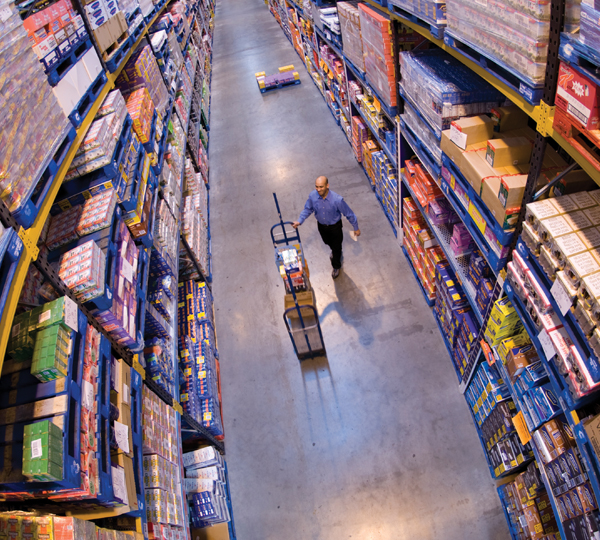Following the publication of a groundbreaking report on the convenience sector by the Association of Convenience Stores, we take a look at some of the insight gathered by the group, in the first of a two-part focus on the report.
by Kevin Scott
The first ever Local Shop Report published by ACS starts by asserting that local shops are “an important part of the fabric of community life for millions for people.” This concise and eloquent sentiment is something that all local retailers will agree with, so gaining more insight into what makes such an important part of the nation tick is always welcome.
ACS Chief Executive James Lowman said: “This report provides new insight into the vital role that local shops play to the economy. The sector attracts entrepreneurs and gives them an opportunity to grow if they are willing to work hard. It is also a diverse industry reflecting modern Britain.”
What does it tell us then? Well, to begin with it defines what a local shop is, by using its opening hours (usually “long” and seven days a week), its size (usually less than 3,000 sq ft) and its wares (a broad range of categories). It then splits the industry into ownership, counting co-operatives, multiples, symbol groups and unaffiliated shops.
Remembering that this report looks at the overall UK market, it says the industry delivers £33.9bn into the country’s coffers, representing 20% of the total grocery market. While a nine-figure number means nothing to each individual store, the good news from this number is that compared with last year it is up 4.6% year on year, meaning simply that more money is being spent in c-stores.
Symbol groups are the biggest contributor with 40% (£13.6bn) of the total compared with non-affilated stores’ 20% (£6.6bn) and multiple convenience and co-ops with 29% (£9.7bn).
What is perhaps most impressive about this sector of ours is that more than 77% of stores are owned and operated by small business owners. It is also a place for many starting out in business, 70% of retailers are investing for the first time; and it also attracts people of all ages: one in 10 is under 30 years old.
Scotland matters
The report must also be commended by delving beyond into headline numbers and look at national breakdowns for Scotland, England and Wales. According to the report there are now 5,368 convenience stores in Scotland, employing 40,116 people.
It is when we look at the sheer number of shops in Scotland that the true importance of the sector becomes clear. In Scotland there is one c-store for every 973 people, while in England there is a shop for every 1,918 people – meaning Scots are more reliant on their c-store.
The ethnicity of convenience operators is also discussed in the report with 46.1% of owners of Scottish stores being Asian or British Asian (compared with a UK average of 48%). 44% are White British (48% for UK) and 9.5% other.
To sign off this first piece on the report, the sheer dedication that convenience owners have to their businesses can’t go unmentioned. More than 60% work more than 50 hours a week and 31% take less than 10 days holiday a year.
Next month we’ll focus more on the profile of retailers and the popularity of the categories sold in convenience.
The Local Shop Report features primary research conducted by ACS, along with information collected by William Reed Business Media, IGD and him!. The full Local Shop Report is available at www.acs.org.uk/research






